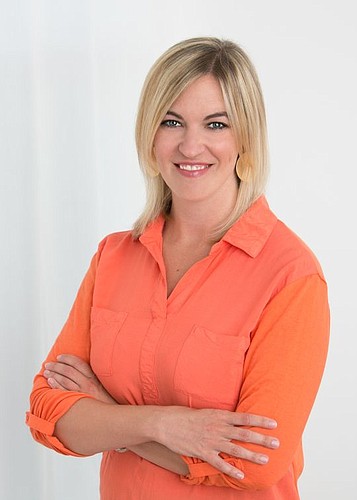
The largest charity in North Florida in terms of revenue made national news recently over the substantial salary paid to its chief executive.
Months before Wounded Warrior Project was the subject of a three-part investigation by CBS News that suggested financial impropriety, the Nonprofit Center of Northeast Florida began a survey of salaries paid to people who work in the region’s tax-exempt organizations.
“We’re looking at every position from the top down — from the CEOs to the caseworkers,” said Leah Donelan, Nonprofit Center vice president. “It’s some of the most requested information.”
The three-part investigative series that aired last month reported Wounded Warrior did not spend $300 million it received in donations in 2014 in the best interest of veterans.
The series also contended Wounded Warrior Project CEO Steven Nardizzi’s compensation, reported in 2013 to the IRS at nearly $500,000, was excessive.
But operations models and executive salaries are only part of the story of any charitable organization.
The first of its kind regional compensation and benefits survey was begun in early November to determine how employees at nonprofits are paid.
That relates to how compensation might affect expenses versus how much is spent by a nonprofit on its programs and services.
Results of the survey are scheduled to be released March 30.
Donelan said nonprofits are in some ways similar to for-profit corporations, but in other ways, they are in a special category.
“Nonprofits have budgets that must be followed, monitor expenses, employ staffs and respond to their clients,” Donelan said.
“But they aren’t owned by a person or an entity. They are owned by the community at large. They have to make sure their business practices improve the community in some way,” she added.
CBS News reported that Charity Navigator, a nonprofit whose mission is to provide financial information on specific charities to potential donors, placed Wounded Warrior Project on its “watch list,” meaning the charity’s business practices warrant a closer evaluation by potential contributors.
Donelan said Charity Navigator is a valuable resource, but shouldn’t be considered the “gold standard” when it comes to evaluating how a nonprofit uses its financial resources.
“They are doing the best they can, but what they look at is tax forms where revenue is categorized,” she said. “It makes the general assumption that all spending on overhead is bad. It doesn’t analyze why or how money is spent.”
Nonprofits differ among themselves in terms of the business model needed to sustain operations.
“How do you compare an organization focused on providing housing for veteran and the chronically homeless to an organization that’s creating a no-kill animal community?
“Both are needed, but they have very different measures of performance,” Donelan said.
She used the Nonprofit Center and the 13 other charities that rent office space in the Jessie Ball duPont Center Downtown as an example of business plan diversity.
“If you asked all 14, they probably would define overhead in different ways,” she said.
The regional compensation survey was inspired by nonprofits wanting to make sure they compensate fairly but avoid overpaying executives and support staff, thereby being able to use the maximum percentage of income for programs and services.
The center hopes the survey will help nonprofit boards of directors set salaries that fit with the standards that exist in the community and “educate the funding community and the community at large about what nonprofit salaries really are,” said Donelan.
@DRMaxDowntown
(904) 356-2466